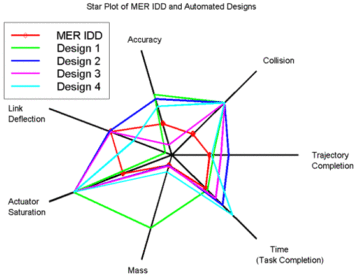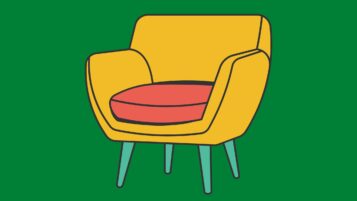Technical Editing
How To Send A Large File Through Email
Sending large files through email can be a daunting task, especially when the message is time-sensitive. But don’t worry–with careful preparation and a few convenient tools, you can make sure your file arrives safely and on time. Whether you need to compress your file for easy transference, upload it to an online service, split it…
Read MoreHow To Use Graphs And Charts Effectively For Data Visualization
Data visualization is like a delicate dance, where the proper steps and techniques can bring out the beauty of data. When it comes to using graphs and charts for visualizing data, there are certain rules that you need to follow in order to make sure your presentation is professional and effective. This article will provide…
Read MoreHow to Write Measurements for Furniture
Furniture is measured (in the United States) in inches, fractions of an inch, feet, and millimeters. Example: How to Measure the Dimensions of a Chair For example, we can explain the dimensions of a chair that measures 34″ x 24 1/4″ x 33 3/8“as: 34x24x33 The first number is the depth (D) of the…
Read MoreHazards of Poorly Written Technical Documentation
© Ugur Akinci I don’t like to whine and be negative in general. Life is too short to go around fuming about things that we can’t change. However, there are times when we all need to be critical in order to improve things; especially if they fall within our area of expertise. The other day…
Read MoreSTC INDIA Presentation: Working for a Software (SW) Company
Click below to download the presentation slides in PDF format: STC_INDIA_8_22_2015_PRESENTATION
Read MoreAvoid “Double Possibility” in Your Statements
When copywriting, avoid double possibility in your statements. That’s the fundamental rock on which all copywriting stands. George Bernard Shaw once wrote a very long letter to a friend and ended it with the following post script: “Sorry, I didn’t have the time today to write you a short letter.” Clean technical writing is easy…
Read MoreConstruct Sentences that Do Not Require Mental Inversion
© Ugur Akinci When we construct a procedural sentence in technical writing we are usually telling the reader either to do something or not to do it. Our intention is either pointing out to something positive or negative. For easier comprehension and longer retention, try to construct your sentences in a way such that the…
Read MoreMathematical Writing: A Great Style Guide for Technical Writers
If you are writing scientific papers with a lot of math equations you may want to have a look at the following style guideline: http://tex.loria.fr/typographie/mathwriting.pdf Mathematical Writing by Donald E. Knuth, Tracy Larrabee, and Paul M. Roberts This report is based on a course of the same name given at Stanford University. Here is a…
Read More2 Golden Principles of Technical Document Peer Review
There will be instances in your career as a professional writer when you will be asked to “peer review” (which is, yes, a compound “verb” these days) someone else’s work. This may happen in group meeting (or teleconference/webinar) situations when you may be invited to offer you views on how to improve a certain copy…
Read MoreTechnical Editing: Eliminate Passive Voice and Secondary Verbs for Clear Technical Writing
© Ugur Akinci You can eliminate a lot of deadwood from your technical writing by eliminating the passive voice and secondary verbs. Here is an example: ORIGINAL: “A decision was made at the Project Management level that the product should be released by the first of the new year.” “A decision was made” is…
Read More


